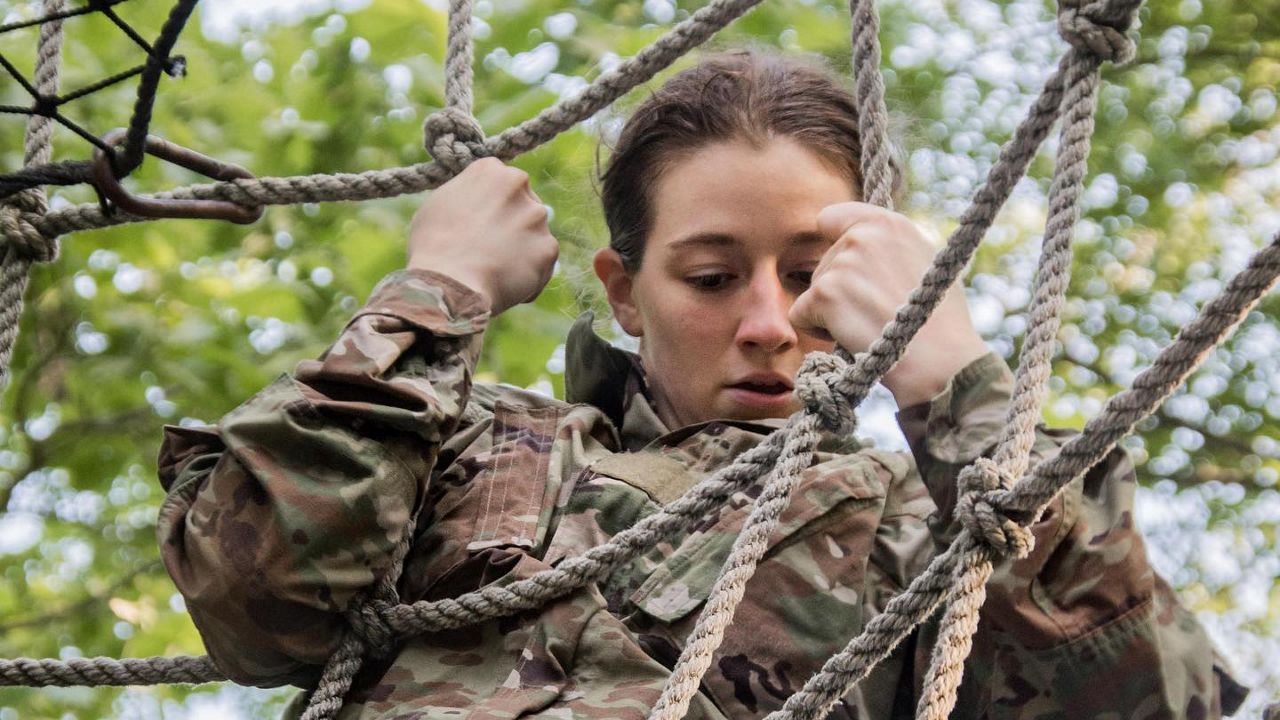
Deep-seated cultural and social norms continue to hinder girls’ education, particularly in South Punjab tribal areas where marriage is still prioritized over schooling for girls. The lack of adequate educational infrastructure, including schools, poses a significant challenge for girls who must travel long distances to access education. Additionally, the scarcity of female teachers serves as a barrier to girls’ education, especially in conservative areas where parents are hesitant to send their daughters to schools with male teachers. Security concerns in these regions have also made it perilous for girls to attend school. Discrimination against girls in educational settings is evident in various forms, including biased curricula, teacher attitudes, and classroom dynamics.
There is a critical need to enhance girls’ education in Pakistan, particularly in South Punjab. It is a complex challenge that demands the collaborative efforts of the government, civil society, and the international community. Both governmental and non-governmental organizations should carry out public awareness campaigns to advocate for the significance of girls’ education and to confront detrimental cultural norms and biases. Scholarships and financial aid initiatives can assist families in meeting the expenses of educating their daughters. Conditional cash transfer programs can also prove to be effective. There is a necessity to invest in the construction and upkeep of schools, particularly in rural and remote areas, in order to minimize the travel obstacles for girls.







